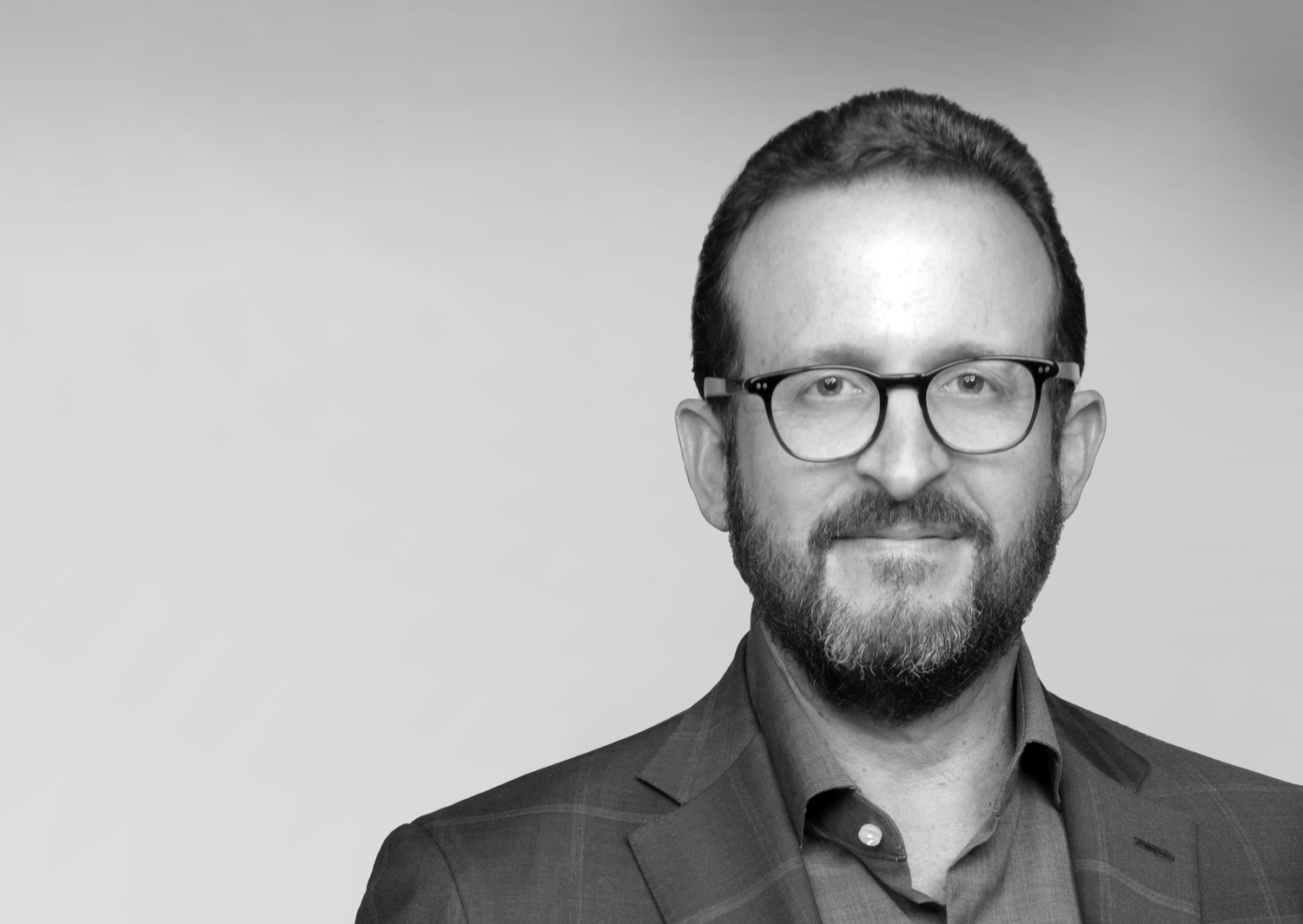Jeff Sloan has had an illustrious career, rising through the ranks and the worlds of fintech, private equity, and investment banking. In his role as CEO of Global Payments, these experiences led Jeff to get on the radar as one of the most innovative leaders in the fintech space. He led the company through a remarkable transformation from conventional payment enterprise into a global technology trailblazer.
He first joined Global Payments as president in 2010 and later served as its CEO from 2013 to 2023, over which time he grew the business from $2B to an astounding $9B in revenue. He propelled the company to Fortune 500 status on acquiring and merging Heartland and TSYS, at which time the stock achieved an annual compounding rate of 16.5 percent, surpassing peers, and the S&P 500. In 1H of this year, he and the team concluded the acquisition of Evo Payments for $4B and the sale of its Netspend consumer business for $1B and its gaming arm for $415M.
Jeff was previously with Goldman Sachs, where he shaped the payments practice and orchestrated many of the industry's landmark transactions as leader for the Financial Technology Group. While recently retired from the corporate world, Jeff remains an active board member and venture capital investor.
First-time CEO
James: Jeff, you made the strategic move from Goldman Sachs to Global Payments, one of your clients at the time. Why did you make the switch? What advice can you share with aspiring leaders from this experience as a first-time CEO?
Jeff: In the early to mid 2000s, I was one of eight banking partners running the financial services practice at Goldman Sachs. While I enjoyed the energized financial services environment, I knew I had the ability to run a larger enterprise focused on building physical and online products and services.
Going from one of eight people managing a couple hundred employees to becoming a CEO managing thousands of employees was an immense challenge with a significant learning curve.
Running a global Fortune 500 company isn't like being an investment banker. You're trying to build, physically and virtually, a technology solution in digital payments that works in a few hundred countries around the globe. When I first stepped in as CEO, I wondered why we couldn't get more done faster, like releasing hardware and software into the ecosystem at greater strides.
Let's take a step back. Ultimately, to do things right as a first-time CEO or any C-suite role, start with the basics. Philosophically, facts are important, and hope isn't a strategy. It's key to focus on the things that we know at the onset - and even more important to focus on the things that we don't know.
You need to enter with the mindset of "I'm empathetic, I'm humble, and it's okay to say I don't know." There are things that I don't know that I ask about continually, and I make mistakes frequently. I understand the difficulty behind coming from a senior position in one area, and moving into a position of authority in another, and feeling uncomfortable asking questions or admitting you don't understand. But you must start somewhere.
Asking for help, no matter how senior you are, makes a huge difference during the transition phase.
Effective M&A
James: During your time at Global Payments, you catapulted the business to the next level from an M&A perspective. How did you guide the team through the process of integrating businesses into your existing model?
Jeff: At the end of the day, I separate this into two simplistic pieces:
1) We build very good technology.
2) We are trying to sell distinctive, defensible distribution across various channels.
So, from an M&A standpoint, we focused on:
1) Strategic fit
2) Cultural compatability
3) Financial returns
The global landscape has become specialized, characterized by market segmentation in specific industries. To mitigate risks associated with commoditization, we focused on providing value-added services within distinct markets. Our strategy involved targeting sizable, addressable verticals that exhibited rapid growth, strong margin profiles, multinational presence, and where we could establish partnerships with prominent leaders in the respective fields.
Over the last number of years at Global Payments, we elevated post-acquisition integration, operations, and facilities and determined the best human capital from both acquired companies. A lot of heavy lifting was done up front, at Heartland, and later, at TSYS. It is not uncommon for us to spend two to three years after the consummation of a transaction heavily focused on integration and execution. It was imperative that both businesses were cleanly aligned.
The Heartland acquisition expanded our U.S. direct small and medium-sized merchant base by adding nearly 300K merchants and over 1K sales and support professionals. We had about 50 work streams, and 500 people tied to those work streams, who were meeting multiple times per week. we continued to meet monthly for years after the transaction to ensure we were doing what we needed to do to best capitalize on the opportunity.
Properly acquiring and merging businesses takes years of careful check ins and analysis to determine positive impact at every level - from organizational alignment to processes to culture.
Leadership principles
James: You have earned a reputation as an outstanding leader in the Fintech space. How would you describe your leadership philosophy?
Jeff: I stick to a few core principles:
1) Focus on facts.
2) Do things correctly all the time, not just occasionally.
3) Make winning a habit.
The only way to effectively manage 30,000 people across 30 countries and in 10 primary languages was to lead with these mantras:
1) Emphasize service to customers, colleagues, and communities.
2) Take personal accountability for actions and results.
3) Help teammates be successful.
4) Grow profitability.
I lead by example in that if we start with "What are the facts?" and give that enough time and attention, almost any organizational problem is solvable.
By employing this methodology, we pivoted from a traditional payments company to a technology-oriented provider of payments. Embedding the payments and software as one shifted the trajectory of the company in an indomitable way.
Executive recruiting
James: Jeff, you have a track record of building high performing teams. What are the qualities you've consistently sought out in your executive leadership team members?
Jeff: Cadence. Global Payments is a technology company with a fast-paced technology environment, and the leadership team needed to operate and iterate quickly. If you ride a road bike or Peloton enough, you know what the cadence is, and when to pick up the pace. The same goes for the C-suite at any major tech company.
The best leaders I have hired are exceptional at looking around corners. They don't just tell us what happened today or yesterday, they highlight where the world will be in six, 12 18, or 24 months. I used to tell people in senior leadership ranks that this is what we get paid to do - not to recap the past, but to forecast the future. We need to focus on being two steps ahead of the competition, seizing opportunities, and avoiding pitfalls in the process.
Going public
James: Most leaders will face the question of an IPO at some point. What are your thoughts on staying private versus going public, particularly as you're liaising with portfolio company CEOs and investors and surveying privately held businesses now?
Jeff: The nice thing about being private is that you can focus on long-term value creation. There is a lot of that in the public company environment too, yet stocks trade every day, so there's a laser focus on quarterly performance and pleasing shareholders.
A few weeks ago, I was in a conversation with a venture capital-backed private company and was asked, "How should I think about going public?" My response was to realize the investment of time that goes into morphing a private company into a public one. I spent one sixteenth of my year speaking with sell-side analysts, buy-side analysts, shareholders, and others. It takes a lot of time and effort. It can swing good or bad. The first order of command is to ask yourself: is our business better served by that investment of time or by direction that time back into the business?
Not surprisingly, due to human nature, team members view the share price as a proxy for how the company is doing. Sometimes it's true, but not always. Economic fluctuations can swing the pendulum massively in either direction. When things are up, everyone feels secure. When things are down, it can cloud perspective and morale.
When thinking about going public, think about whether your compounded organizational time and energy is better directed toward developing new products, hiring people, and improving customer experiences, or being vocal and visible externally. That's the remit of a large public company CEO.
Final thoughts
Being a brilliant CEO at work with a Fortune 500 technology company requires agility, visionary leadership, and strategic forethought. When you lead by example, and remain humble and kind in your approach, your team will excel, your company will run as well-oiled as possible, and ultimately, your shareholders will be happy.
Defining brilliance with Jeff Sloan
 | Purpose is: | being driven. At the end of the day, nothing gets done without intentionality. |
 | Leadership is: | being empathetic. The most important trait, in my opinion, for leaders to highlight, is empathy. |
 | Brilliant leaders are: | leading by example. If you're not there rolling up your sleeves, people aren't going to believe that they ought to do it either. |
 | Success is: | jointly achieved. Teamwork is everything. |
 | I perform at my best when: | I'm under pressure and times are tough. |
Never miss insights
Stay in the know with our thought leadership



